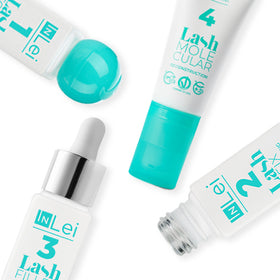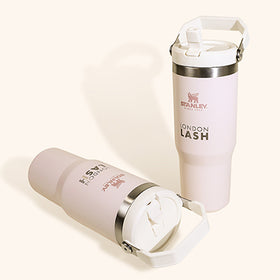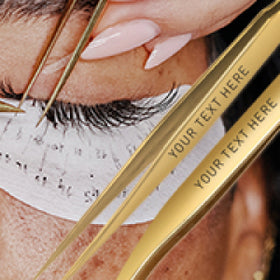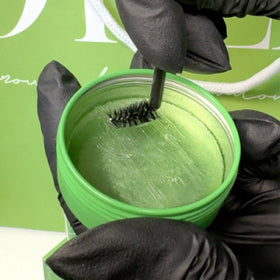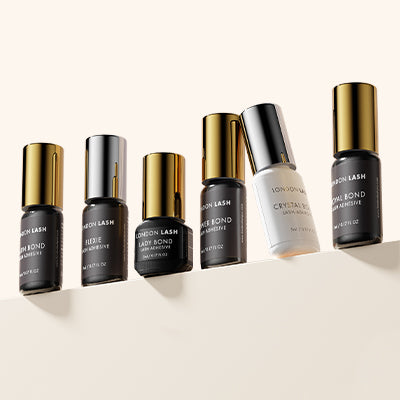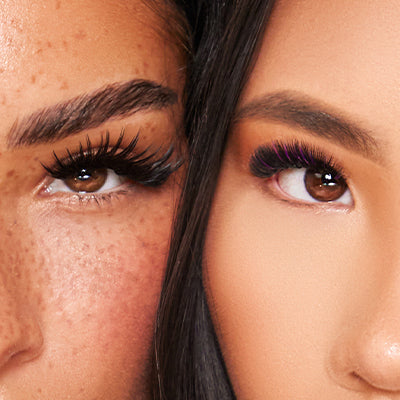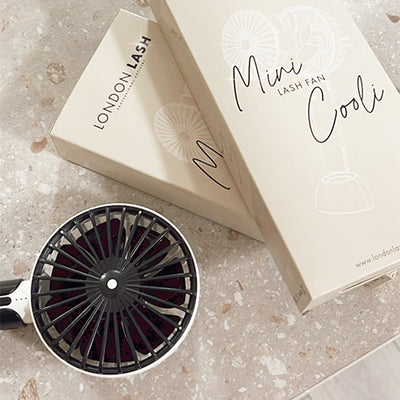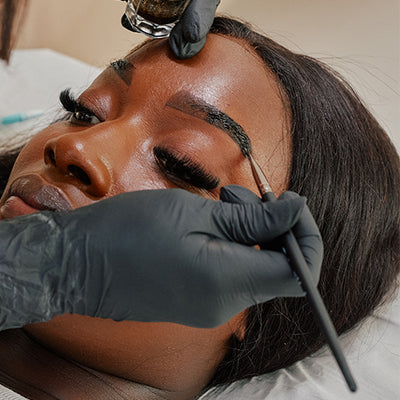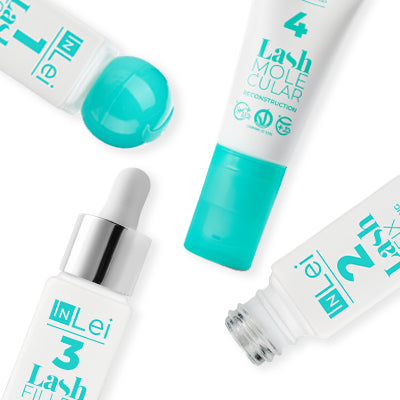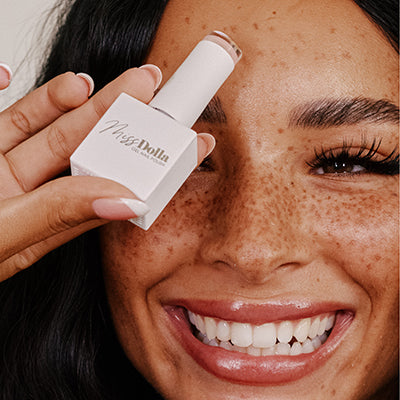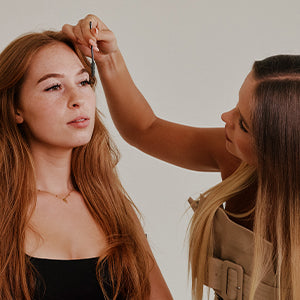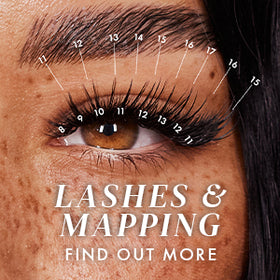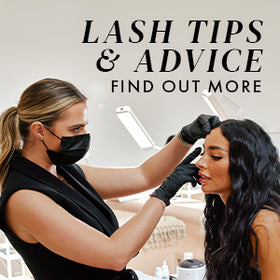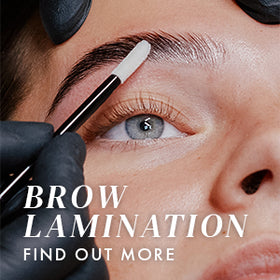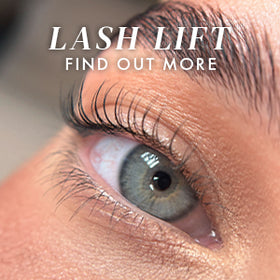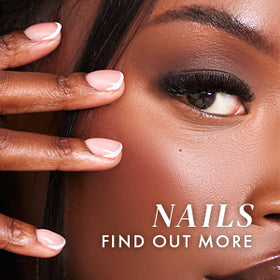How To Protect Your Clients From Eyelash Mites
If you thought your job was all about enhancing those beautiful lashes, you might be surprised to learn about the tiny yet significant world of lash mites. Yes, you read that right—lash mites! These microscopic creatures can sometimes lurk in your clients' lashes, and whilst that might make your skin crawl a little, don't be alarmed! Lash mites are quite common, and most people have them to some degree. But as Lash Technicians, it's essential for us to understand what these little critters are, how they can affect our clients, and what we can do about it. So, let's take a look at this fascinating yet slightly creepy topic.
What Are Eyelash Mites?
Eyelash mites, scientifically known as Demodex folliculorum and Demodex brevis, are microscopic arachnids (related to spiders!) that inhabit the hair follicles and sebaceous glands. These critters are barely visible to the naked eye, measuring around 0.1 to 0.4 millimetres long. They're like tiny, uninvited houseguests that move in without asking permission!

How Do Eyelash Mites Spread?
Lash mites are common inhabitants of human skin, and they usually don't cause any harm. However, they can multiply and become more problematic when conditions are favourable. They are transferred from person to person through close contact, such as sharing pillows, towels, or makeup, and can eventually make their way to your client's lashes.

Are Eyelash Mites Harmful?
The good news is that lash mites are generally harmless in small numbers. In fact, most people have a few of these critters in their lash follicles without even realising it. However, in some cases, an overpopulation of lash mites can lead to various issues, such as:
Itchiness and Irritation: Excessive lash mite activity can cause itchiness and discomfort, which may lead clients to rub their eyes, potentially damaging their lashes.
Redness and Inflammation: An infestation of lash mites can cause redness and inflammation along the lash line, which is not only uncomfortable but can also affect the appearance of lash extensions.
Lash Shedding: Lash mites feed on the oils and dead skin cells around the lash follicles. In large numbers, they can contribute to premature lash shedding.
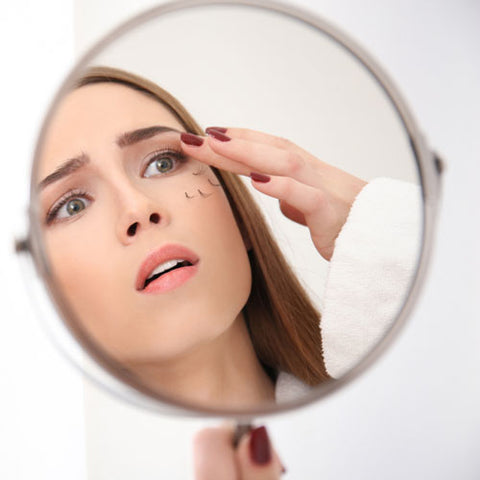
Why Should Lash Technicians Be Concerned?
Lash Technicians need to be aware of lash mites because they can sometimes affect the health and appearance of the lashes and the surrounding skin. Here are a few reasons why you should pay attention:
Potential Lash Damage: As we’ve previously mentioned, lash mites feed on the oils and dead skin cells in hair follicles. When their population grows excessively, it can damage the natural lashes, like thinning and breakage.
Irritation and Redness: Infested clients may experience symptoms such as itching, redness, and inflammation in the lash and eye area.
Compromised Lash Extension Retention: Eyelash extensions might not stick as well to natural lashes infested with mites, leading to poor retention and unhappy clients.
Infections: In severe cases, lash mites can contribute to eye infections, which can be painful and require medical attention.
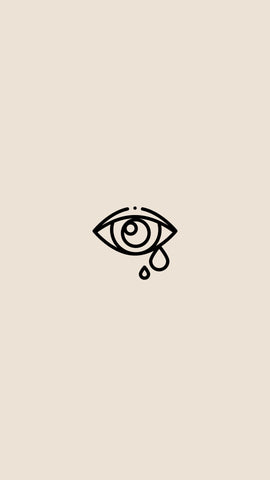
Recognising Eyelash Mite Infestations
As a Lash Technician, you may be the first to notice signs of lash mites in your clients. Keep an eye out for:
Excessive Lash Shedding: If your client is experiencing more lash shedding than usual, it could be a sign of lash mites. Lash mites can weaken the natural lashes, making them more likely to fall out prematurely.
Persistent itching: Clients complaining of persistent itching around their lash line could be experiencing lash mite-related irritation.
Redness and swelling: Inflamed lash follicles may indicate a lash mite issue.
Visible debris: In some cases, clients might notice tiny white or translucent specks at the base of their lashes – these could be lash mites or their waste.
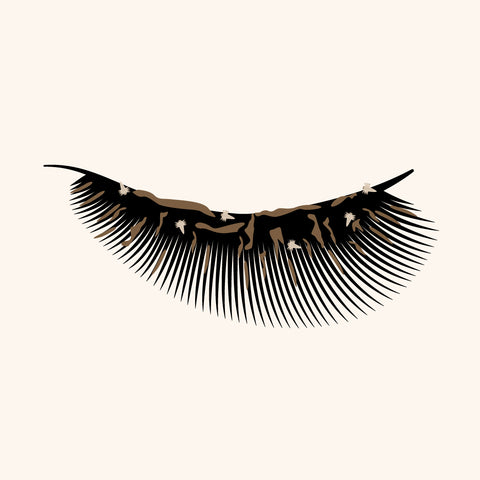
Dealing with Eyelash Mites
Now that you know why Lash Technicians should care about lash mites, let's talk about prevention and management. If you suspect a client has lash mites, it's important to handle the situation with care and professionalism:
Educate Your Clients: Inform your clients about lash mites, their symptoms, and the importance of proper lash hygiene and aftercare. Knowledge is power, and prevention starts with awareness.
Disposable Lash Tools: Whenever possible, use disposable lash tools and eyelash brushes to minimise the risk of cross-contamination.
Encourage Regular Eyelash Cleansing: Before each lash extension appointment, ensure your clients wash their lashes thoroughly. Recommend lash shampoo and a cleansing eyelash brush to your clients to help them keep their lash follicles clean and reduce the risk of lash mite overgrowth.
Avoid Overuse of Heavy Lash Products: Excessive use of heavy lash serums and oils can create an environment conducive to lash mite infestation. Advise your clients to use such products in moderation.
Practice Good Salon Hygiene: Always maintain impeccable hygiene in your lash studio. Disinfect your lash tools, change disposable items, and wash your hands thoroughly between clients.
Avoid Sharing: Remind your clients not to share makeup, towels, or pillowcases with others to reduce the chances of mite transmission.
Refer to a Professional: Keep an eye out for any signs of lash mites during your eyelash extension appointments. If you suspect an issue or a severe infestation, it's best to refer your client to a medical professional.

Eyelash mites may be tiny, but they can have a big impact on your clients' lash health and overall satisfaction with your services. By educating yourself and your clients about lash mites and implementing good hygiene practices, you can ensure that those gorgeous lash extensions will shine even brighter. Remember, knowledge is power, and sharing information about lash mites with your clients can help them take the necessary steps to maintain healthy and gorgeous lashes.
